
European Oak, Quercus Robur, Spring New Leaves Under Sunlight on a
The green oak tortrix, Tortrix viridana, also known as the European oak leafroller and the green oak moth is a distinctive green moth whose larvae feed on tree leaves, especially oak. The head, forebody and front wings are green, the hind wings lightly greyish. The wingspan is 18-24 millimetres. An infestation of the larvae can defoliate an oak.
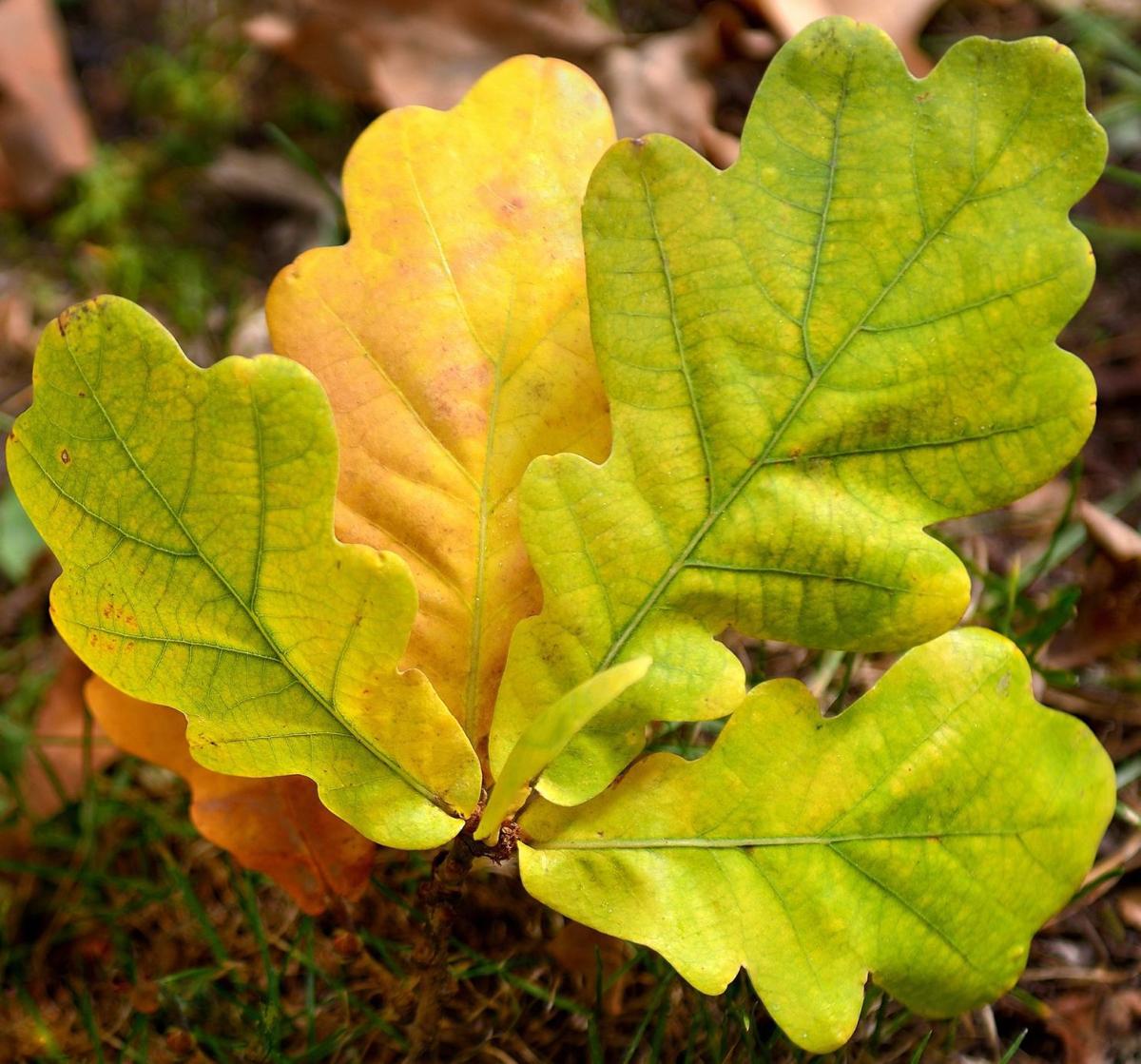
The Root of It All Oak leaf concerns; how to a Master Gardener
Acorns: Acorns, the fruits of oak trees, are integral to the survival of oak species, germinating into new trees upon reaching the soil. Their size, shape, and texture differences across oak species make them a reliable identification tool. Leaf Shapes: The classic oak leaf is typically deciduous with several lobes.

European turkey oak (Quercus cerris)
The European oak leafroller ( Tortrix viridana) is a defoliator of hardwood trees and shrubs, stripping these trees and shrubs of its leaves. It is a pest of potential concern that is not known to occur in Canada and that is not on the regulated pest list. However, early detection could facilitate the management of this green moth.
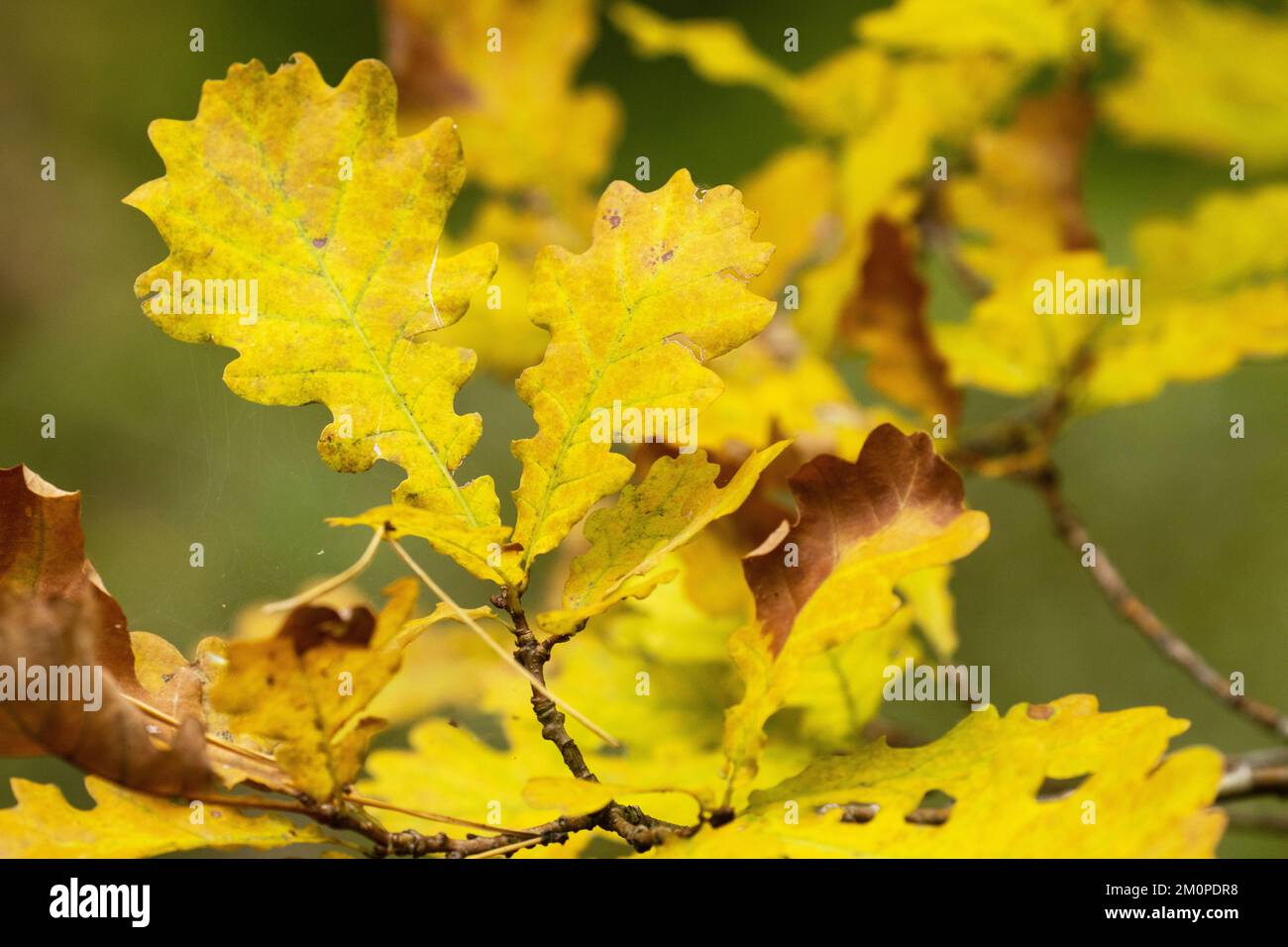
Closeup of colorful yellow Common oak leaves in an autumnal boreal
Oak trees are susceptible to a large number of diseases. Oak wilt, chestnut blight, shoestring root rot, anthracnose, oak leaf blister, cankers, leaf spots, and powdery mildew may occur. The English Oak is known to have escaped and seeded in the landscape in British Columbia.

Free oak leaf Stock Photo
European Oak Tree. Leave a Comment / All Topics, Trees and Wood, Uncategorized. The iconic Oak tree has been used for centuries as construction timber and for fine carpentry. Many old buildings are built using hand-cut timber from mature Oak trees.. The Oak Leaves on the Common Oak as found in France or anywhere in Europe. Considering there.

GREEN FOREST Quercus robur or European oak
The European oak is found at low altitudes and prefers flat land to slopes. Average annual of 600-1,400 mm. The Sessile or durmast oak tolerates higher altitudes than the European oak. It doesn’t mind drought conditions but does not appreciate too much water. Soil: The European oak likes deep, water-rich, well-drained soils.
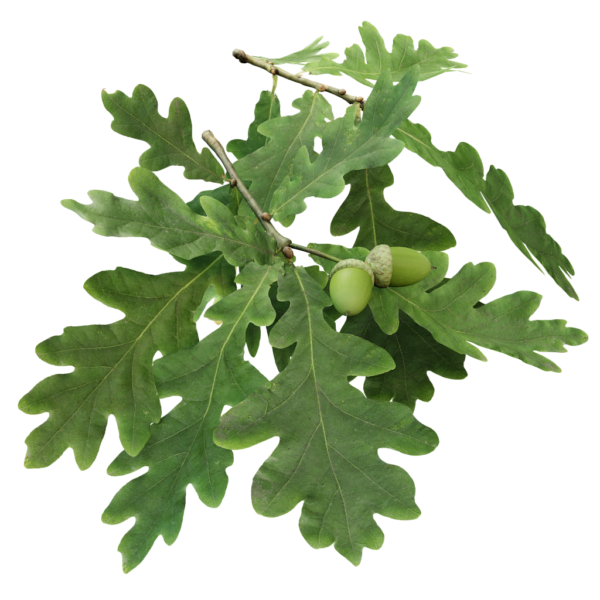
European oak The Grove
Remarkably, the analysis of those few defensive-related compounds in European oak leaves is fully sufficient to differentiate the T-oaks from the S-oaks. When assessing OPLS-DA prediction model parameters, Q 2 Y and R 2 Y values together with CV-ANOVA P -value are the best indicators of model performances (Eriksson et al ., 2008 ; Westerhuis et al ., 2008 ).

common oak, pedunculate oak, English oak (Quercus robur), oak leaf in
European oak species: common oak (Quercus robur), pubes-cent oak (Quercus pubescens) and holm oak (Quercus ilex).. They have different leaf habit (com-mon oak and pubescent oak are deciduous while holm oak is evergreen) and different tolerance to drought stress (Rameau et al., 1989, 2008), are congeneric and they have a high eco-
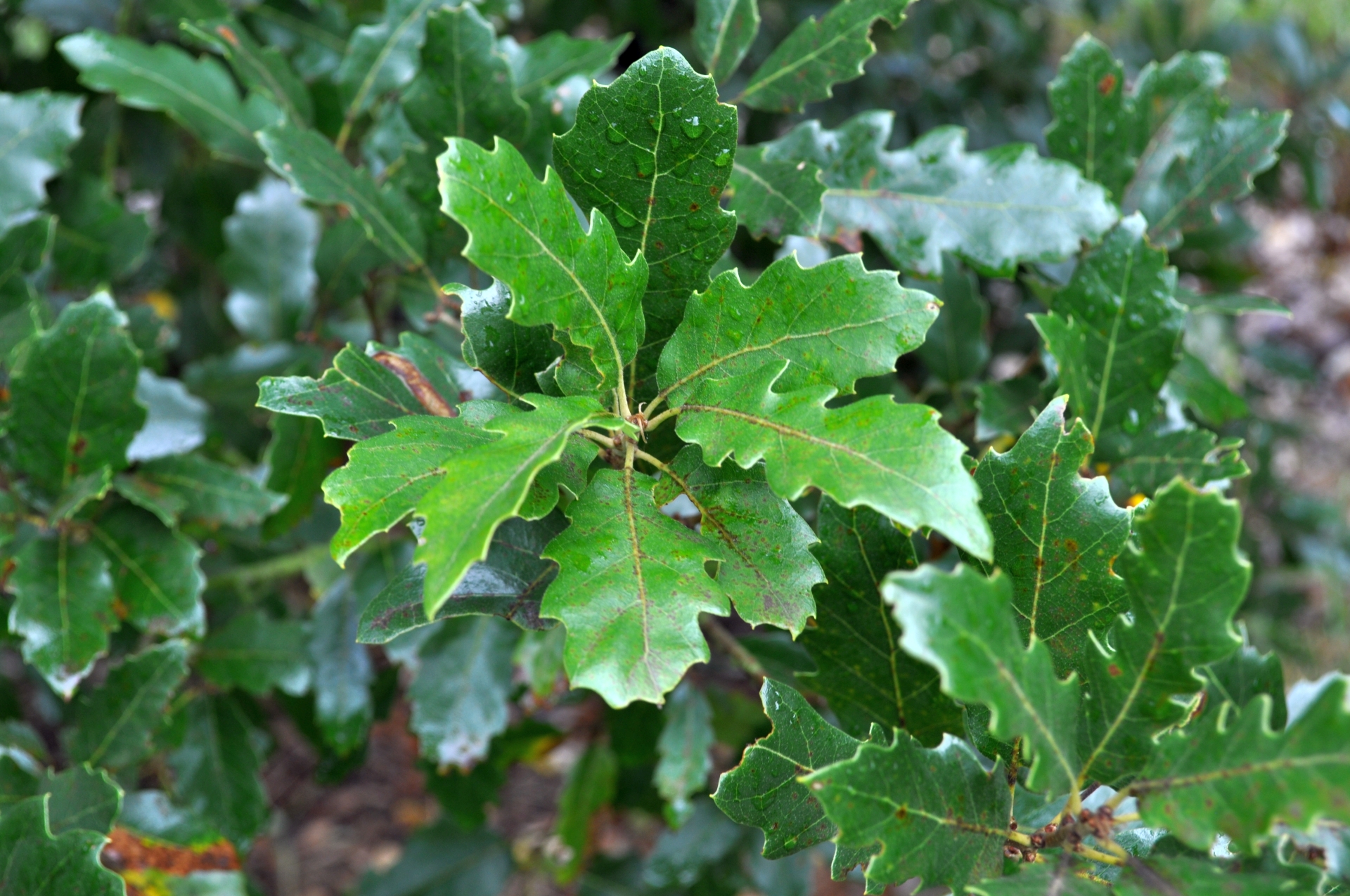
View topic Large Cork Oak...
In this study, leaf morphology was assessed in a mixed oak stand (western France) using two geometric morphometric (landmark and outline) datasets and one dataset of 19 leaf measures.
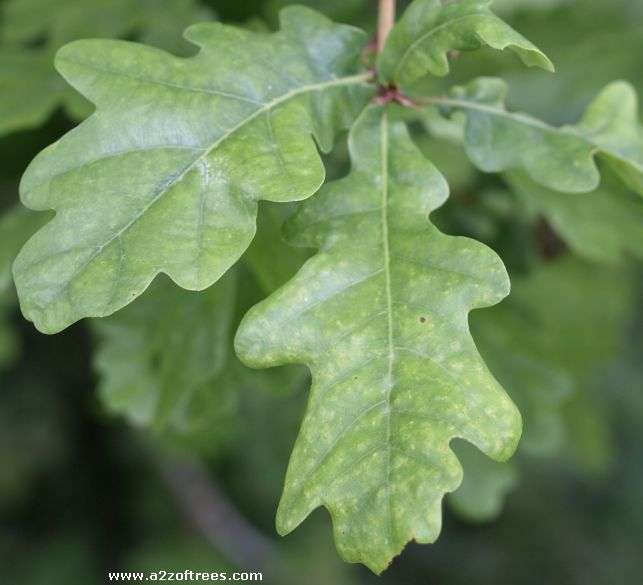
Pictures and description of the Pendunculate Oak (quercus robur)
The large leaves turn reddish brown in the fall. Water oak leaves measure 3" to 6" (7.5" - 15 cm) long. Other identifiable features of the tree are its copper-colored oval acorns with bowl-shaped scaly caps and dark brown bark with vertical ridges. Water oak trees grow 60 to 100 ft. (18 - 30 m) tall.

Oak Leaves Free Stock Photo Public Domain Pictures
Swamp Chestnut Oak Leaf, Scientific Name: Quercus michauxii. This tree is also referred to as basket or cow oak. The leaves of this oak tree are simple, 10-28 cm long and 5-18 cm broad, with 15-20 lobe-like, rounded simple teeth on each side. The 6-13 cm long leaves have sharp tips with bristles at its lobe.
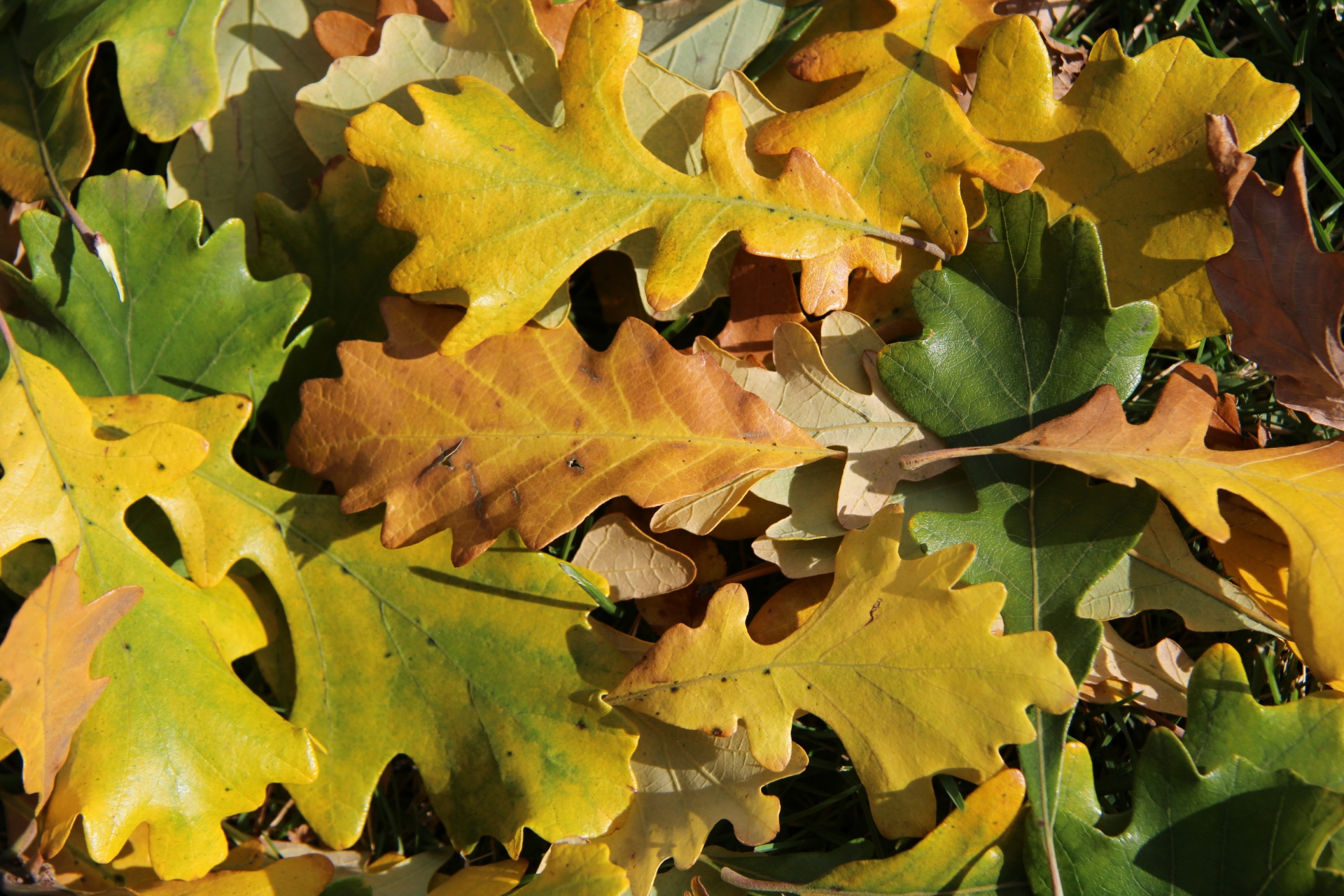
Colorful Oak Leaves Free Stock Photo Public Domain Pictures
Quercus cerris, the Turkey oak or Austrian oak, [3] [4] is an oak native to south-eastern Europe and Asia Minor. It is the type species of Quercus sect. Cerris, a section of the genus characterised by shoot buds surrounded by soft bristles, bristle-tipped leaf lobes, and acorns that usually mature in 18 months.

European turkey oak (Quercus cerris)
Quercus robur, the pedunculate oak, is a species of flowering plant in the beech and oak family, Fagaceae.It is a large tree, native to most of Europe and western Asia, and is widely cultivated in other temperate regions.It grows on soils of near neutral acidity in the lowlands and is notable for its value to natural ecosystems, supporting a very wide diversity of herbivorous insects and other.
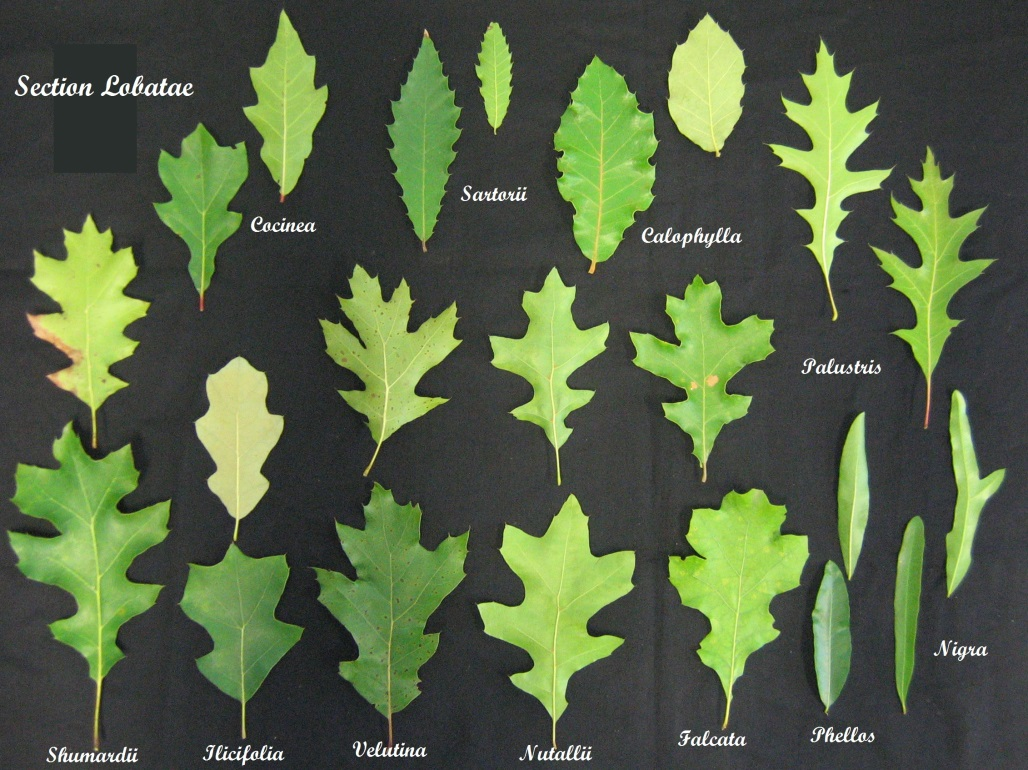
Quercus Portal
European oak, also referred to as English oak, common oak or pedunculate oak, is a large hardwood tree with broad, sweeping crown, sturdy branches and round-lobed leaves.A symbol of the British countryside, it is distributed across the UK and continental Europe.
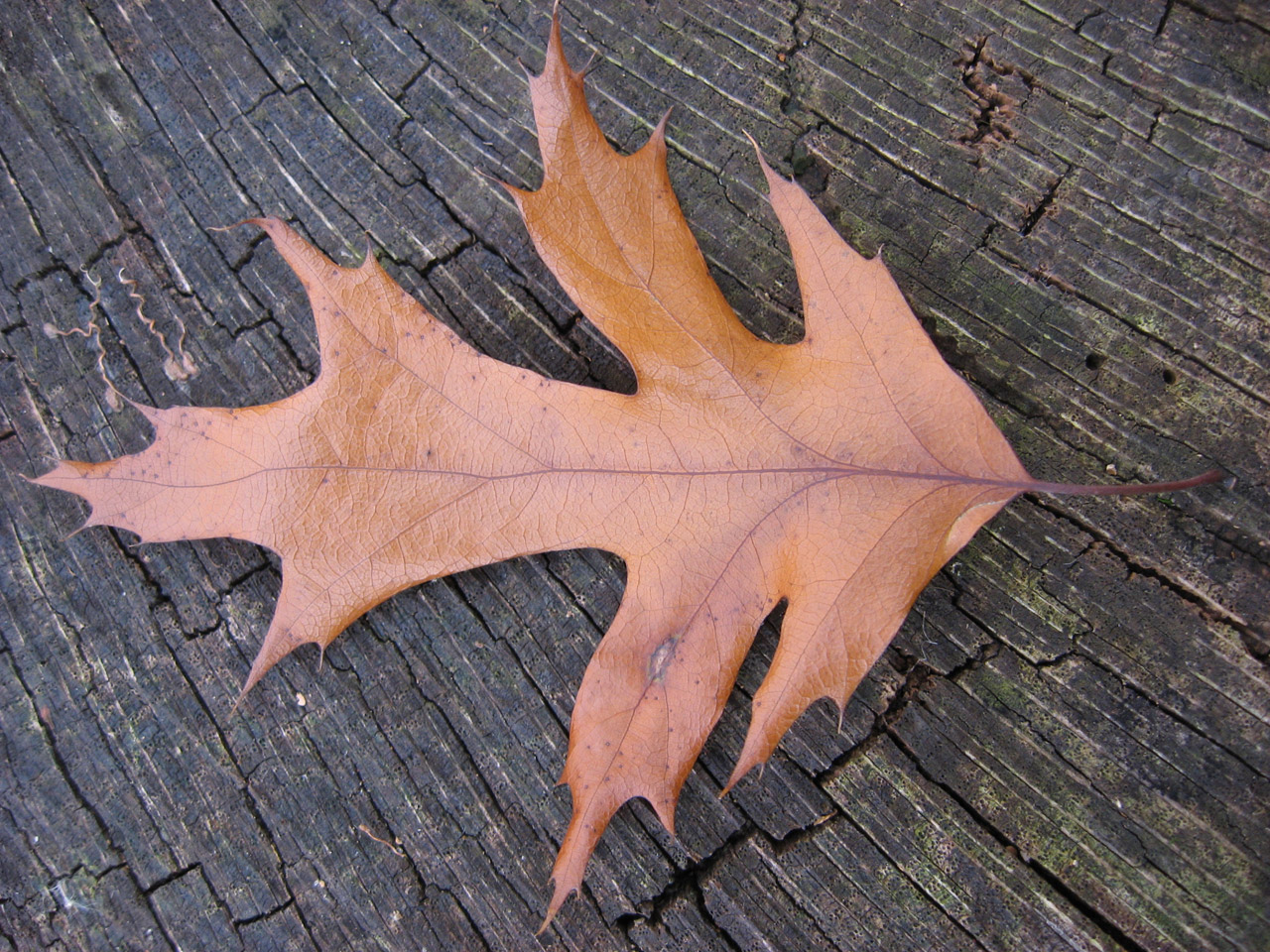
Oak Leaf Free Stock Photo Public Domain Pictures
Leaf morphological analyses in European oaks 3 5 10 15 20 25 30 35 40 45 50 55 57 one oak species, providing the best partition of the genetic data. Genetic assignment of individuals to

Oak Tree Leaves Identification Pictures Image Result For Live Oak
An oak is a hardwood tree or shrub in the genus Quercus of the beech family.They have spirally arranged leaves, often with lobed edges, and a nut called an acorn, borne in a cup.The genus is widely distributed in the Northern Hemisphere; it includes some 500 species, both deciduous and evergreen.Fossil oaks date back to the Middle Eocene. Molecular phylogeny shows that the genus is divided.